Trayvon Martin died on February 26, 2012, but his name was trending on social media again Monday, as the premiere episode of a six-part documentary series titled “Rest in Power: The Trayvon Martin Story” airs on BET and the Paramount Network. “So many unanswered questions,” says one of Paramount’s tweets promoting the series, but there’s one unanswered question that both sides of the polarizing debate around this young man’s death should be asking.
71 seconds. So many unanswered questions. #RestInPower: The #TrayvonMartinStory premieres tonight. pic.twitter.com/4aMkYOWSwn
— Paramount Network (@paramountnet) July 30, 2018
Before you read further, let me acknowledge that I am cognizant of the fact that people have strong and divergent opinions on this story, how the events that led to Martin’s death unfolded, what is right and wrong in the actions taken by various people, and how the legal system responded or should have responded. I am aiming with this article to go beyond that, and to encourage a discussion in an area where I truly hope — and believe — all sides can find common ground.
Here’s my question I want us to ask about Trayvon Martin’s death: What role did the Miami-Dade School District play in his story, and could they have done something differently that would have resulted in a better outcome?
I’m pretty sure I ticked off people on both sides of the aisle with that question, but I ask for your patience to keep reading. Regardless of what you think about Martin and George Zimmerman, the man who shot him and was ultimately found not guilty for his death, you should want the answer to that question.
The media bias on both sides has framed the story.
Let’s establish that depending on your personal partisan political leanings, you likely saw media coverage about Martin that emphasized some facts more than others.
For example, the images below are the first two that show up if you search Google Images for “Trayvon Martin.” The image on the left shows a younger Martin with a pleasant smile on his face, and is in color. The one on the right shows him older, unsmiling, wearing a hoodie, and is in black-and-white. You don’t have to be an expert in human psychology to understand how the image on the left is more sympathetic and flattering than the one on the right.

Which photo you saw more often depended on whether the website, television channel, etc. was framing the story as Martin as an “innocent teenager” who was “targeted” by Zimmerman, or if he was a “violent thug” who “deserved” to be killed.
Now, most media coverage did not dive down either of those extremes in the way they framed their story, but depending on what sources you saw, you would have been more likely to hear about Martin’s close relationship with his father, athletic skills, and dreams of one day being a pilot or airplane mechanic — or you might have read tweets and text messages where Martin talked about sex and using marijuana.
What did you see? Did you know Martin helped save his father’s life at age 9, when he pulled him to safety during a kitchen fire? Or did you read about a 911 caller describing the altercation as a man in a hoodie using “MMA style” punches to attack the man on the ground? Did you read articles discussing the grammar and graphic content of his tweets and text messages? Did you know he had multiple tattoos? Did you know those tattoos included praying hands, and the names of his mother, grandmother, and great-grandmother?
Here’s the problem: all this discussion, all these various facts, the different sides of the story, can still miss the big picture. And the back-and-forth debate has only divided both sides and gotten in the way of reforms that could be helpful.
Why was Trayvon Martin in Sanford?
Martin was born in Miami, Florida in 1995, and his parents divorced in 1999. He was a student at Dr. Martin M. Krop High School in north Miami-Dade County, close to the border with Broward County, and his father had moved to Sanford, a town just north of Orlando in Seminole County.
Within the year of Martin’s death, he had been suspended from school three times.
One suspension stemmed from an incident when he was seen by a school police officer on a surveillance camera “hiding and being suspicious” in an unauthorized area of the school campus, then was observed by that same officer marking a door with graffiti that said “W.T.F.,” and a search of his backpack found multiple pieces of women’s jewelry and a screwdriver described as a “burglary tool.” The jewelry was suspected of being stolen and was impounded, with photos turned over to the Miami Dade Police Department, but no charges were ever brought. Another suspension was imposed when he was caught with a marijuana pipe and a baggie containing marijuana residue. The third suspension for tardiness and truancy was the one that was in place when he died and was supposed to be for ten days.
Martin’s defenders point out that none of these incidents are violent, and they are correct. This is however a series of events that involved disciplinary infractions and possible criminal conduct, but the response of the Miami-Dade school system was to kick him out of school for awhile and little other apparent action.
He was not required to attend counseling. He was not asked to do community service. He was not asked to clean up the graffiti. He was not sent to an alternative classroom.
He was just kicked out of school.
And his father, Tracy Martin, told him to come stay with him in Sanford, “to disconnect and get his priorities straight.”
A few days later he was dead.
Whether he was a “violent thug” or an “innocent kid,” the school system could have done more to help him.
If you believe Martin was a “typical teenager” in “the wrong place at the wrong time,” or that he was unfairly targeted by Zimmerman, perhaps out of racial or other biased motivations, would you agree the school system still shouldn’t have kicked him out, without any support?
Objectively speaking, a student who is documented as skipping school repeatedly, engaging in trespassing and graffiti in an unauthorized area of campus, is caught with evidence of drug use and possible burglary, is someone who may benefit from support and counseling, at minimum.
Suspending a student from school isolates them from their social circle and makes them more likely to fall behind in their studies. So while smoking a little weed or graffitiing a door don’t mean someone is going to become a violent criminal, it’s not ideal behavior for a high school student, and the overall pattern of conduct indicates Martin might have benefitted from some intervention.
On the flip side, if you believe Martin was a “thug” heading for a life of violent crime, would you agree you would have preferred some higher intervention than merely kicking him out of school? Maybe he should have been sent to counseling, an alternative classroom, some sort of rehabilitation? If he truly was a threat to public safety, he should have been monitored in some way, or even incarcerated. Not just let loose without supervision, right?
At this point, I assume most of you have your minds made up about Martin, and I won’t attempt to change your minds here, but whether you believe he was an innocent kid or a violent criminal, I’m not convinced that the Miami-Dade School District kicking him out of school with no other intervention or support was the best approach.
Let’s divert for a moment to discuss another South Florida high school student who did have a history of violence: Nikolas Cruz, who has confessed to the February 14th shooting at Marjory Stoneman Douglas High School in Parkland, Florida that left seventeen students and teachers dead and another seventeen injured.
As I wrote in late February, the Broward County School District, in partnership with the Broward County Sheriff’s Office and other area stakeholders, had a school discipline system that arguably incentivized avoiding arresting students even for violence or threats to school safety. Cruz was never actually expelled from the Broward County School District or arrested, and if the local authorities had taken one of their many opportunities to intervene, he would have been legally barred from owning or possessing a gun and possibly been incarcerated or otherwise placed under some type of supervision.
No matter what you personally believe about gun control, it is troubling to read Cruz’s long history of multiple documented incidents of violent threats and profoundly disturbing behavior, all of which seemingly failed to initiate any serious interventions. And no matter what you believe about Trayvon Martin, you should ask if suspending a child from school for ten days with no other support, supervision, or intervention is a good idea.
We deserve a thorough and transparent explanation of school discipline policies in our communities.
When lawmakers and bureaucrats establish criminal justice and school discipline policies, public safety must be the priority, and the allure of faux-panacean talking points must be avoided. With the exception of the most heinous crimes like murder, we rarely actually “lock ’em up and throw away the key.” The vast majority of criminals currently incarcerated in our jails and prisons will one day be walking around free, and students who are suspended from school remain in our neighborhoods and soon rejoin their classmates on campus.
In other words, what we do with people who we say have broken our rules, how we treat them, what support and counseling we offer, what steps we take to encourage them to improve their lives and be productive members of our communities — it all matters. Formally ostracizing someone from society might “feel good,” but it doesn’t make us safer.
Of course, there’s no way to say for certain that any specific different policy approach in Broward or Miami Dade County would have resulted in different outcomes for Trayvon Martin or for Nikolas Cruz’s victims — there are no easy answers or “one size fits all” solutions — but we do have data showing that certain policies have better outcomes in a statistically significant way, that we can decrease the risk of harm being caused by or coming to people in the criminal justice system or students in our schools.
As I touched on earlier, suspending a student from school can spark a ripple effect of consequences. According to Texas Appleseed, a public interest nonprofit focusing on criminal justice issues, “even one suspension increases the likelihood of grade retention, academic failure, and future contact with the justice system,” but there are “research-based positive behavior programs” that have a track record of better educational outcomes and reduced recidivism.
Fair disclosure: Texas Appleseed is a liberal group, but in my experience with the Texas Public Policy Foundation’s Right on Crime project (a conservative criminal justice reform initiative), the conservative view of this area of school discipline and juvenile justice is not in conflict.
Whether it’s an overly lenient policy scheme like the Broward one that let Cruz’s troubles fester unchecked, or the “zero tolerance” policies that create the ridiculous headlines about children being suspended for biting a pop tart in the shape of a gun or bringing some Tylenol to school, reactive policies of either extreme can do more harm than good.
Approaching school discipline in a thoughtful and individually responsive way, providing a combination of consequences, counseling, and incentives as appropriate for the individual student’s situation, is the far better approach. This is the philosophy that has led to substantial improvements in recidivism rates among well-run probation, parole, and work release programs.
I wish Trayvon Martin were still alive. Whether you believe the best about him or the worst about him, I would hope you would wish that too, that he would have had the chance to “get his priorities straight,” as his father wanted him to do, to graduate from high school and live his life. We cannot undo his death, but we can demand accountability and transparency from our school systems in how they handle students along the full spectrum of disciplinary and criminal behavioral issues.
We’re bigger than the divide driven by the bias of politicians and the media, and Americans of all political beliefs can agree we do not want any more school shootings, and that we want students to stay in school, graduate, and lead happy and productive lives.
So let’s ask the questions: what could the Miami-Dade School District have done differently in Travyon Martin’s case? What could Broward County have done differently with Nikolas Cruz? How do these counties handle similar problems now?
And how does your local school district handle these situations?
Find out who your local school board representatives are, if you don’t know already. Find out who the city, county, and state legislators are who set educational and juvenile justice policies. Find them, find their contact information, attend hearings and committee meetings and make appointments in their offices if you can, but ask the questions.
It’s easy to get caught up in the daily news cyclone of what’s happening at the national level — in Congress, and the White House especially — but these local officials have far more of a regular, direct, and consequential effect on the lives of you and your family.
And let’s ask the questions.
Follow Sarah Rumpf on Twitter: @rumpfshaker.
[Disclaimer: Sarah Rumpf was previously employed by the Texas Public Policy Foundation’s Right on Crime project, but this article represents her own opinion and views and should not be attributed to TPPF or any employee or representative thereof.]
Photo credit: Ryan Vaarsi on Flickr.



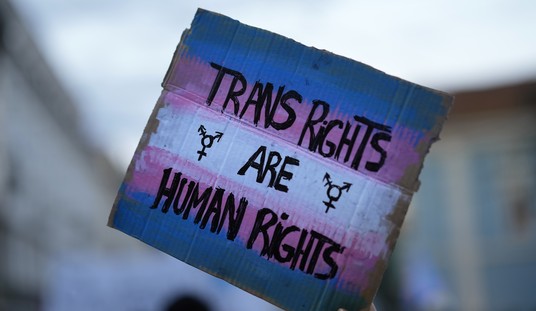
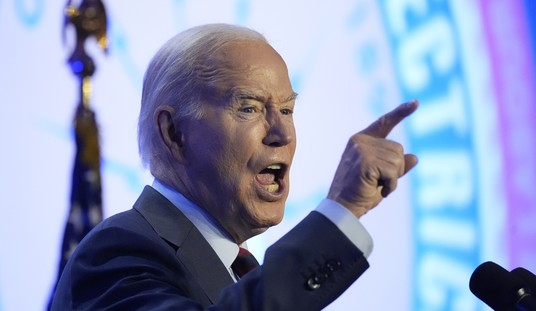


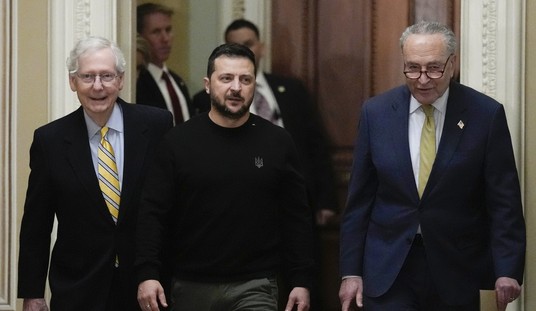



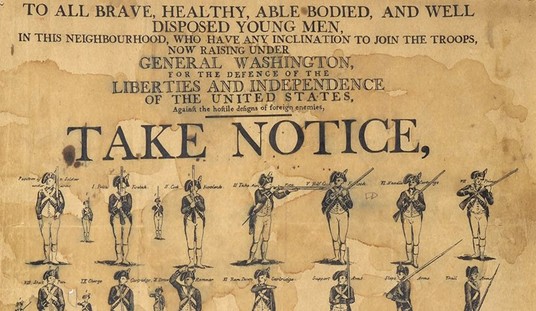

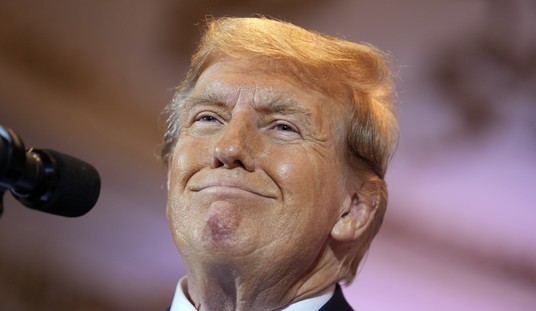
Join the conversation as a VIP Member